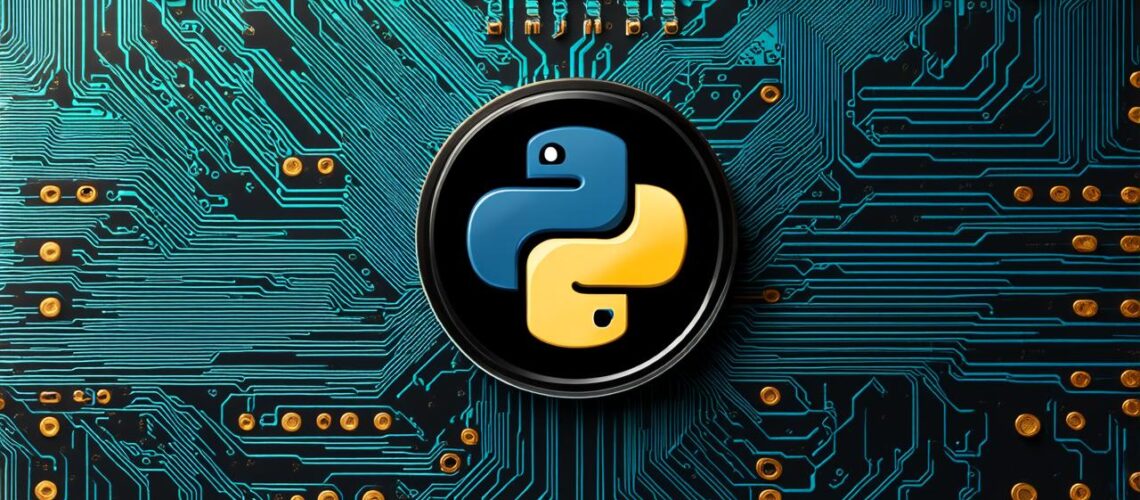What is the year of Python’s creation, and can you identify a company that utilizes this programming language?

Python’s Versatility and Applications
Python has a wide range of applications that span across various industries. It is commonly used in web development, data science, machine learning, artificial intelligence, automation, scientific computing, and more. Python’s versatility comes from its ability to handle different types of projects with ease. For example, it can be used to create a simple web application or a complex machine learning model.

Python’s popularity has also led to the development of numerous open-source libraries and frameworks that make it easier for developers to build applications in a wide range of domains. Some of the most popular Python libraries include NumPy, Pandas, Scikit-learn, TensorFlow, PyTorch, and Flask, among many others. These libraries provide pre-built functionalities that allow developers to focus on the core aspects of their application rather than writing complex code from scratch.
The Year of Python’s Creation: A Fun Fact
Python was created by Guido van Rossum in 1989 while he was working at the National Research Institute for Mathematics and Computer Science (CWI) in the Netherlands. The language was named after Monty Python, a British comedy group that was popular during the time of its creation. Van Rossum chose this name because he enjoyed their humor and thought it would be fitting for a language that was designed to be funny and easy to use.
Company That Utilizes Python: A Real-Life Example
Many companies around the world utilize Python in their operations, including Google, Facebook, Twitter, Instagram, Yahoo, and many others. For example, Google uses Python extensively for its web crawler, which is responsible for indexing and ranking websites on its search engine. Facebook also uses Python to power some of its core features, such as its chatbot platform and its machine learning algorithms.
Python’s Use in Data Science and Machine Learning
One of the most popular applications of Python is in data science and machine learning. Python’s vast library of modules and frameworks makes it an ideal choice for building complex machine learning models and analyzing large datasets. Some of the most popular machine learning libraries in Python include Scikit-learn, TensorFlow, PyTorch, and Keras. These libraries provide pre-built functionalities that make it easier to develop machine learning models quickly and efficiently.
Python’s use in data science and machine learning also extends to data visualization and analysis. Libraries such as Matplotlib, Seaborn, and Plotly provide powerful tools for creating stunning and informative visualizations of data, making it easier to communicate insights and patterns to others.
The Use of Python in Automation
Python is also widely used in automation, including web scraping, scripting, and system administration. Its simplicity and ease of use make it a popular choice for automating repetitive tasks, such as data entry or file management. Python’s extensive library of modules and frameworks also provide powerful tools for interacting with various systems and APIs, making it easier to automate complex workflows.
Python’s Use in Scientific Computing
Python is widely used in scientific computing due to its powerful numerical libraries such as NumPy, SciPy, and Pandas. These libraries provide efficient tools for working with large datasets, performing mathematical operations, and analyzing data. Python’s versatility also makes it an ideal choice for scientific simulations and modeling.
Furthermore, Python’s integration with other popular scientific computing software such as MATLAB and R, allows researchers to easily share code and workflows between different platforms, making it easier to collaborate and replicate results.
Python’s Use in Education
Python is also gaining popularity in education due to its simplicity and versatility. It is used as a teaching language for computer science and data